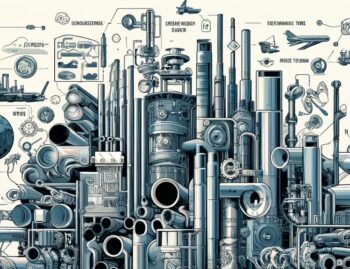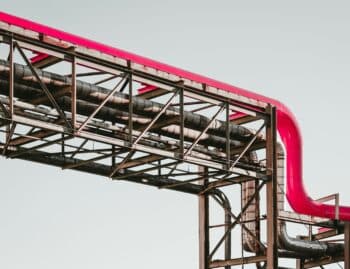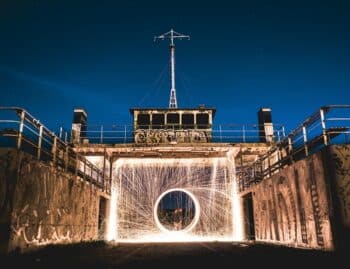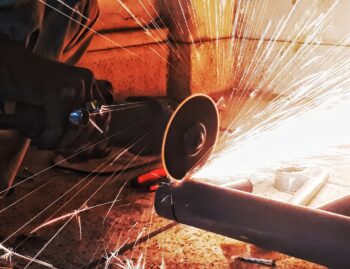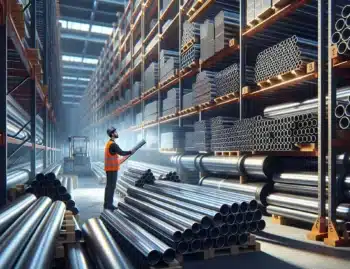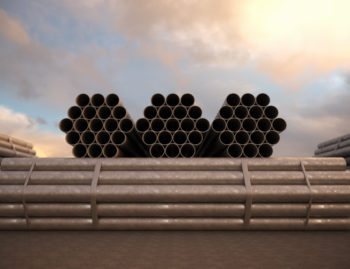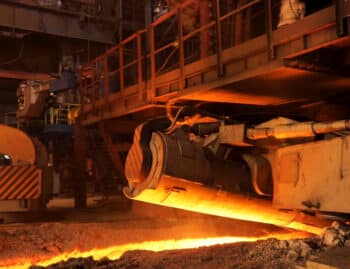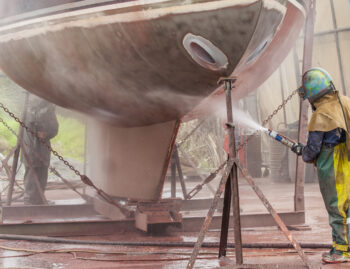MX3D wanted a way to showcase its ability to print large-scale functional objects with durable materials. The bridge demonstrates the possibilities while combining the old with the new. Amsterdam’s old canal system will be paired with the latest in 3D printing technology in this artistically interesting but functional bridge.
How it was created
Using a combination of welding machines and coding, six-axis industrial robots were created to print the bridge. 3D printing, or additive manufacturing, creates a product by adding layer upon layer of material. This is generally done on a small scale, inside a box on the printer. The pedestrian bridge is something different altogether. Printing into thin air, the robots created the bridge one layer at a time.
The entire process required collaboration between the fields of construction, technology, engineering, and design. Designer Joris Laarman explains the constant need for revision before production could proceed. At each step, factors such as safety, practicality, and durability were questioned and tested. Models of the bridge were created and re-created. Actual 3D printing on the bridge did not start until a year and a half after the process of creation began.
How it will be maintained
Technology takes the lead in monitoring and maintaining the structural integrity of the footbridge. A sensor network will track displacement, strain, and vibration. It will also track and record the temperature and air quality around the bridge. Later, the network sensors will also track pedestrian speed.
Using data recorded by the sensor network, a virtual model of the bridge will be created and monitored in the lab. This process will assist future efforts to create and monitor 3D printed bridges.
Recognition
MX3D has won two awards this year. They are both awarded to companies that display forward-looking design and techniques.
The bridge won the Dutch Design Public award for 2018. “The form and material freedom achieved by the design hint at almost unimaginable scenarios,” the Dutch Design awards website states.
MX3D is also a STARTS award (S+T+ARTS=STARTS – Innovation at the Nexus of Science, Technology, and the ARTS) winner this year for the bridge project. The jury that granted the award issued a statement that expressed its thoughts on the bridge project: “(The) 3D-printed metal bridge is a really important marker for the future of architecture and construction.”
In the future
Engineering and technology professionals will be watching and waiting as the bridge is installed and used in Amsterdam. Monitoring and maintaining the bridge may prove to be another challenge. With each new advance in technology, some difficult challenges can be expected. This bridge offers many opportunities to learn more about the potential uses and qualities of stainless steel.
By bringing 3D printing “outside the box“, MX3D explores the unknown. Stainless steel has long been used to create structurally sound objects. Printing these objects is stepping into a new frontier in engineering, design, and technology. “A world of new opportunities is in front of us but we can only just see its contours,” says Laarman. Previously unknown uses of stainless steel may arise as technology and manufacturing continue to collaborate on large projects.


